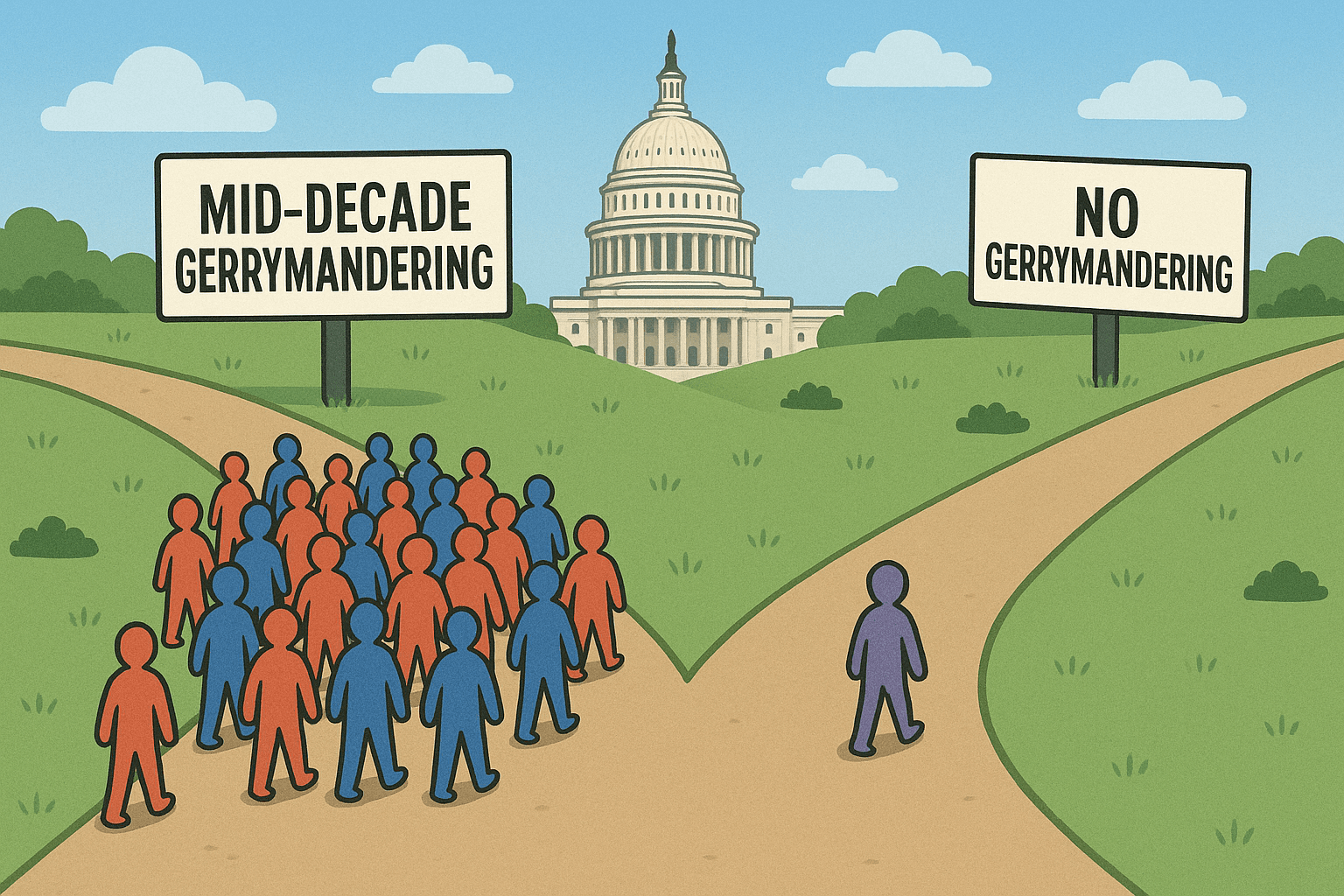Does All-Mail Voting Have an Impact on Voter Turnout?

Three states -- Colorado, Oregon, and Washington state -- have all-mail voting systems in place, but if recent history is any guide, they will soon be joined by other states like California, Arizona, Montana, Hawaii, Utah, and New Jersey.
The all-mail system is relatively new; Oregon was the first state to institute it after a referendum in 1998. Washington followed in 2011 and Colorado soon after in 2013. All three states introduced all-mail locally and its popularity led to its widespread use before it became the standard ballot system.
For example, before Colorado instituted all-mail voting, citizens were allowed to become “permanent absentee voters,” which meant the state would mail them ballots for every election. So, instituting an all-mail system was not much of a change for Colorado, but the initiative was broadly popular among Coloradans of all stripes -- 74 percent of state voters mailed in their ballots for the 2012 general election.Instituting all-mail was, for all three, a move to streamline the voting process. It also saves a lot of time and money. It’s much harder, and more expensive, to administer elections in a state that has mail, absentee, and in-person voting systems working simultaneously. Most of all, voters in all-mail states simply don’t miss the adventure of standing in lines at poll stations during a chilly November day.
Currently, the aforementioned states and the District of Columbia allow residents to become permanent absentee voters. A betting man would suspect that the costly redundancies -- not to mention the hassle for voters and election officials -– would lead to the adoption of all-mail systems in more states.
While this story could be an additional chapter in the "History of the Virtues of Federalism," an obvious question is worth consideration: Does mail-in voting have an effect on voter participation?
Glancing at data gathered by the United States Elections Project, it seems the three states with all-mail systems have a recent history of consistently outperforming the U.S. turnout rate (which is usually pretty close to the average state turnout), especially during midterm elections.
U.S. Turnout: 58.7%Colorado: 71%
Washington: 65%
Oregon: 64.3% U.S. Turnout: 41.7%Colorado: 50.6%
Washington: 54.3%
Oregon: 53.8% U.S. Turnout: 62.2%Colorado: 71.6%
Washington: 67.3%
Oregon: 68.3% U.S. Turnout: 41.3%Colorado: 48.1%
Washington: 47.3%
Oregon: 53.2%However, keep in mind that the majority of citizens of all three states were mailing in ballots long before it became standard. Does allowing people the option to mail in their ballots or become permanent absentee ballot voters increase voter participation?
Political scientists Thad Kousser and Megan Mullin attempted to answer this exact question. In a study published in 2007, they concluded:
“Drawing on data from a large sample of California counties in two general elections, we find that voting by mail does not deliver on the promise of greater participation in general elections. In fact, voters who are assigned to vote by mail turn out at lower rates than those who are sent to a polling place. Analysis of a sample of local special elections, by contrast, indicates that voting by mail can increase turnout in these otherwise low-participation contests.”
Officials in Washington’s King County studied voter turnout after the state instituted an all-mail system and reached a similar conclusion: voter participation remained consistent before and after the implementation of all-mail.
Supporters of all-mail voting may be better off touting its cost and time-saving features. Then again, the fact we are “experimenting” with sending a ballot through snail mail in the 21st century is a bit baffling, especially to Estonians.




